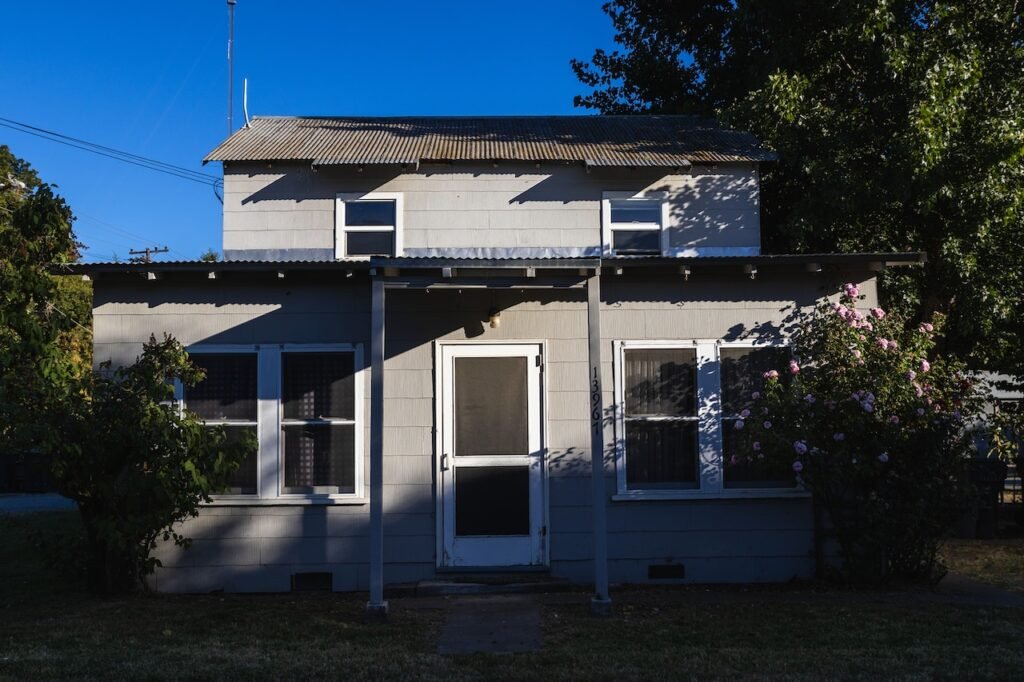If you’ve recently moved into a new home, or otherwise wish to update your existing home, there are a few factors to consider before you begin work. If you’re planning a large project, such as a new conservatory or a kitchen extension, you may have to request planning permission. This is especially the case if you live in a listed building. If you do live in a listed building this Sash Windows guide to listed buildings should be useful.
The law now protects listed buildings; this law is in place in order to safeguard historical architecture. If you wish to propose an extension, an alteration or demolition, you must seek consent. However, minor internal changes are often acceptable. These include the likes of kitchen fittings and alterations to a bathroom space.
If you’re unsure of what you can and can’t do, it’s wise to seek the advice of a professional. A large number of local authorities offer a pre-planning advice facility.
Even something as simple as a fence may require planning permission. It may also require a discussion with the neighbours. If you intend to construct a six-foot fence, running from one end of the garden to the other, they’ll need to know. Otherwise, you may end up with a lawsuit on your hands.
It is wise to hire the services of a professional when it comes to
In this day and age, a number of individuals choose to rent as oppose to buy. This is often due to higher mortgage rates, or as a base in between saving for a house. This doesn’t however mean it’s compulsory to stick to the décor your landlord has chosen. If the changes you wish to make are temporary – such as painting the walls a different colour, adding artwork to a bare room or putting in a new carpet – as long as it’s pre-discussed, your landlord will usually OK you making these changes.
He or she may however ask you to return the property to its original state when you leave. If the redecoration adds value to the home and isn’t of a garish colour, it will be an asset to house, and one most landlords will respect.

